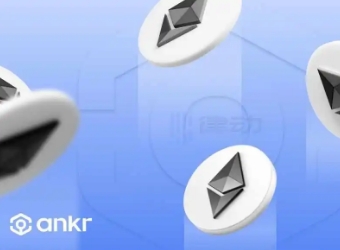UMA Currency UMA (Universal Market Access) is an ecological currency of the UMA project. UMA is an ERC-20 currency used to manage UMA protocols and vote to determine asset prices when DVM oracle is required to settle claims for disputed collateral. UMA is
Today, I want to introduce UMA to you. The full name of UMA project is Universal Market Access. UMA currency is issued for this project. It is ERC-20 currency, which is used to manage UMA protocols. However, some new investors do not know much about UMA. So, let's follow the small editor to see what UMA is.

What currency is UMA?
UMA Currency UMA (Universal Market Access) is an ecological currency of the UMA project. UMA is an ERC-20 currency used to manage UMA protocols and vote to determine asset prices when DVM oracle is required to settle claims for disputed collateral. UMA is a decentralized financial contract platform, and the application of UMA's contract design pattern can create unique standardized products. UMA can be used to promote various financial innovations. UMA defines an open source protocol that allows each other to design and establish their distinctive financial contracts. The UMA project vision is to remove the barriers to any financial system from the financial contracts that UMA trusts, thereby creating a global market where any individual, smart contract or decentralized autonomous organization can buy or sell any form of financial products.
Traditionally, individuals and enterprises can only trade financial risks supported by local governments and infrastructure. Regulations and monitoring provisions may make it extremely difficult (or impossible) for individuals and entities to purchase any goods not explicitly supported by their local financial system. Experienced institutional investors have long been able to use OTC derivatives and other tools to avoid these access challenges, thus avoiding the requirements for physical assets or escrow assets, but these tools have not been issued to other non professional organizations.
UMA contracts can bring opportunities to all market participants. Introducing DAO and smart contracts into the financial system, applying unlimited short selling opportunities, using leverage without restrictions, and browsing self-made financial products without restrictions, thus creating a unified and real global financial market.
UMA defines a decentralized agreement that can establish, purchase and liquidate financial contracts for any underlying assets, and introduces a novel system to maintain margin collateral, so that market participants can buy and sell without counterparty or settlement risk. UMA consists of two parts: the specification of automatically executed financial contracts and Oracle (oracle machine) used to evaluate and ensure the honesty and credibility of these contracts.
How does UMA work?
The UMA agreement has promoted the establishment of generated assets called "priceless financial contracts". These assets can track the real asset value, aiming to make the financial system more accessible. In addition, these assets are provided through a unified global market where the holders can trade financial products. Therefore, the UMA agreement encourages an "open and fair market" by allowing anyone to obtain financial risks without central institutions or intermediary services. On the contrary, the UMA ecosystem applies decentralized autonomous organizations (DAO) to promote community governance.
When participants request price data, they will submit information about relevant price flags, time stamps of price requests, and all data related to many parameters attached to the price feed. In addition, the requester must submit information about the currency of the relevant financial service and the rewards of the participants who enable the request.
Everyone can request price data, even if they are not registered on DVM. In addition, the proposer responds to the data request according to the price feedback of the reference chain. As a reward for obtaining this data, the proposer can receive the reservation "suggestion reward" set by the requester. However, the proposer must pledge the "proposal guarantee money". If the data they provide are incorrect or controversial, they may lose the guarantee money.
In addition, UMA applies the "proposal active period", during which the disputant can refute the currency price provided by the proposer using the offline price feed. The active period of the proposal creates a window where disputes can be submitted before the currency price is agreed. In case of dispute, the currency price will be transferred to DVM and the voting period will be 48-96 hours to reach a solution.
Speaking of this, I believe you have a certain understanding of what currency UMA is and how it operates. In general, with the rapid development of Web3, UMA's Optimistic Oracle is becoming a popular service in emerging projects. In the future, with the continuous creation of integration, we can expect to see the continuation of this trend. If you are interested, you can learn more about it.




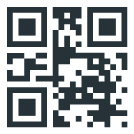



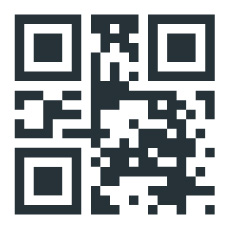



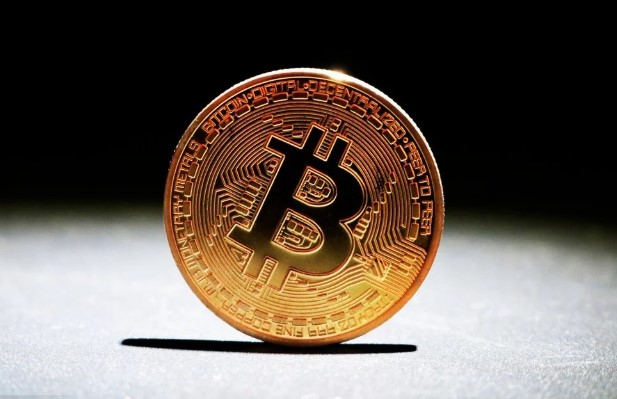
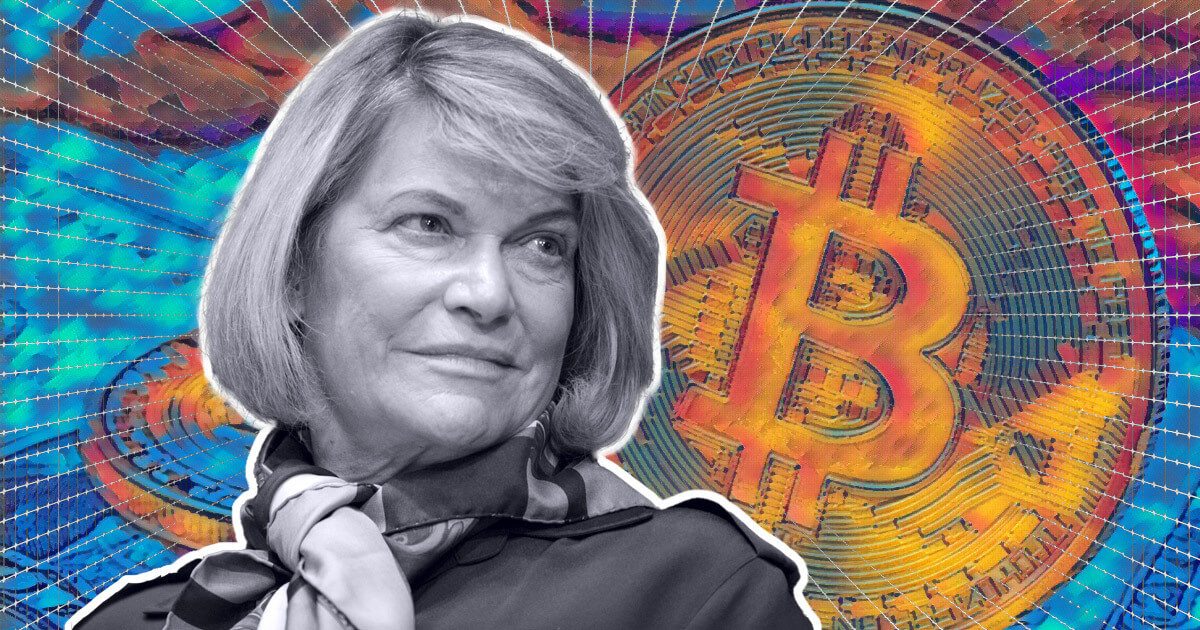
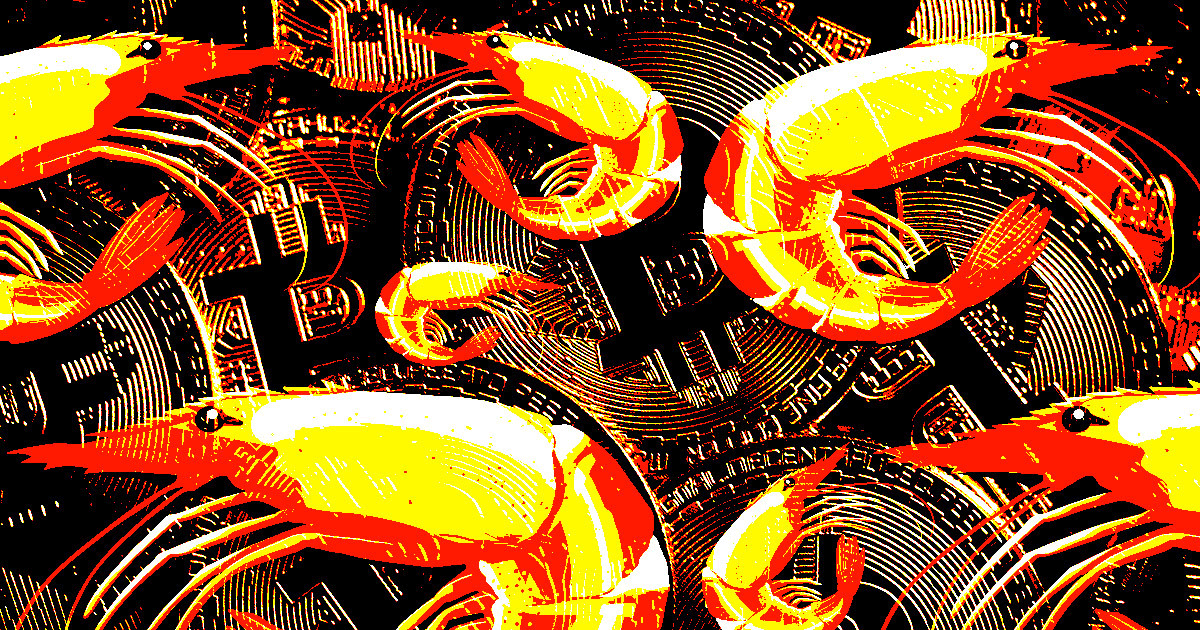

 Tue, 18 Apr 2023
Tue, 18 Apr 2023